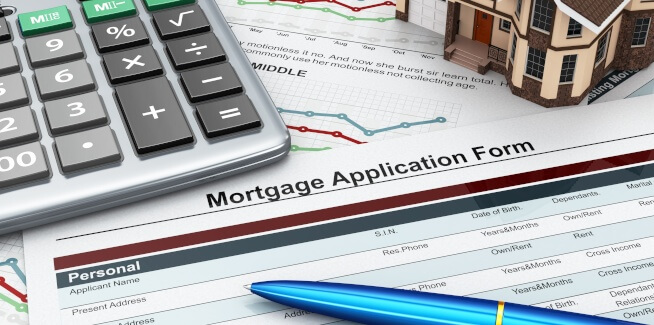The economic impact of the COVID-19 crisis is yet to be reflected in arrears data, with S&P Global Ratings’ latest RMBS Performance Index reporting that over 30-day arrears underlying Australia’s prime residential mortgage-backed securities (RMBS) fell from 1.4 per cent in May to 1.34 per cent in June.
The ratings agency attributed the monthly improvement to the “early stages of a resumption in economic activity” and a change in credit quality reporting practices, whereby loans receiving COVID assistance were not deemed delinquent.
S&P added that borrowers have also benefited from fiscal stimulus and record-low interest rates.
“While COVID-19’s effect on employment and the broader economy has been significant, support to household income from enormous fiscal stimulus measures, including JobKeeper, and lower mortgage costs have eased debt-serviceability pressures,” the ratings agency noted.
“Many borrowers have benefited from pre-COVID-19 repayment buffers due to a prolonged period of low interest rates, and this has also helped with managing debt-serviceability pressures.”
But according to S&P, mortgage arrears would begin reflecting the impact of the COVID-19 pandemic in the fourth quarter of the 2020 calendar year (4Q20).
The ratings agency stated that the level of delinquencies will vary from state to state, with Victoria set to experience the sharpest deterioration due to ongoing lockdown measures.
“Arrears levels are likely to diverge nationwide in the coming months because the transition to ‘business as usual’ differs among states and territories,” S&P observed.
“Arrear rises are likely to be more pronounced in Victoria and areas where tourism is a major employer.
“Property market dynamics will also vary, reflecting each jurisdiction’s different industry and economic profile. This will influence the level of losses in the event of borrower defaults.”
This, however, would be offset by the RMBS portfolio’s “relatively modest loan-to-value ratio profile”, which would “help to minimise losses in the event of borrower default”.
According to S&P, mortgages with an LVR exceeding 80 per cent make up less than 20 per cent of loans receiving COVID assistance, and just 10 per cent of the total RMBS portfolio.
S&P’s base case is for credit losses across Australia’s banks to rise from 0.14 per cent in 2019 to 0.5 per cent in 2020.
[Related: Major banks to face multipronged earnings test]
 ;
;
